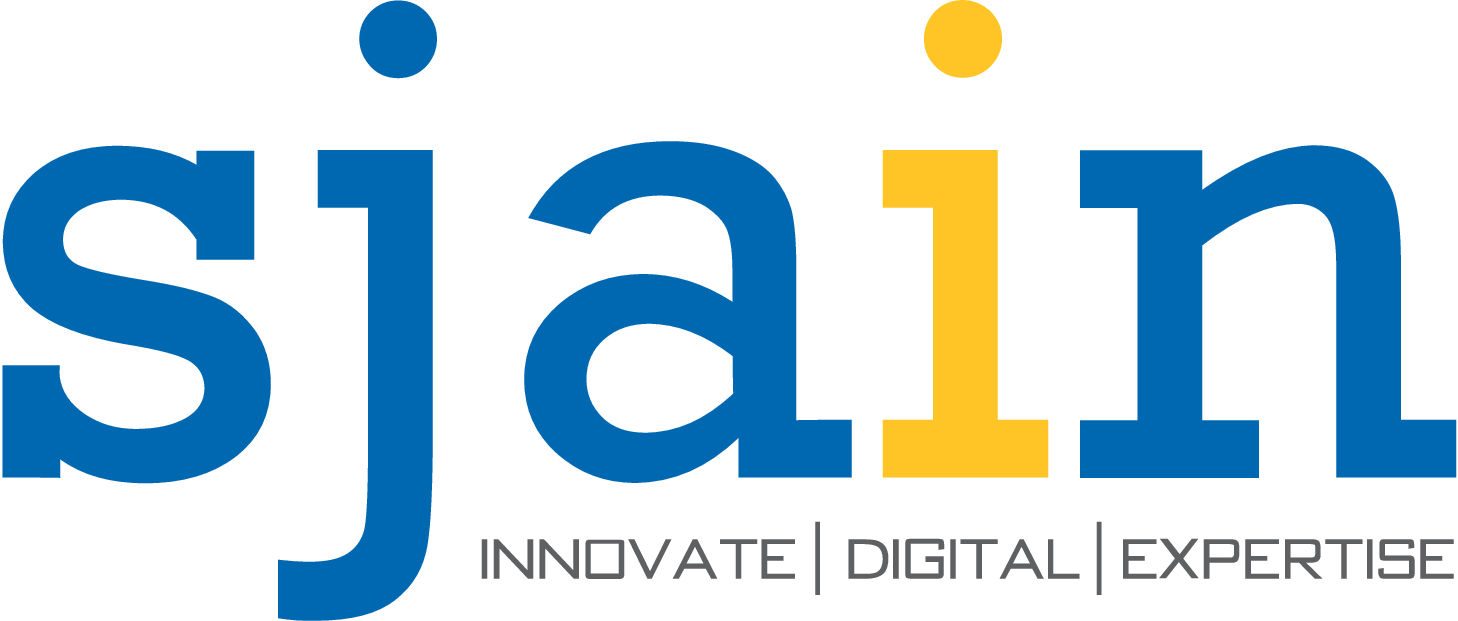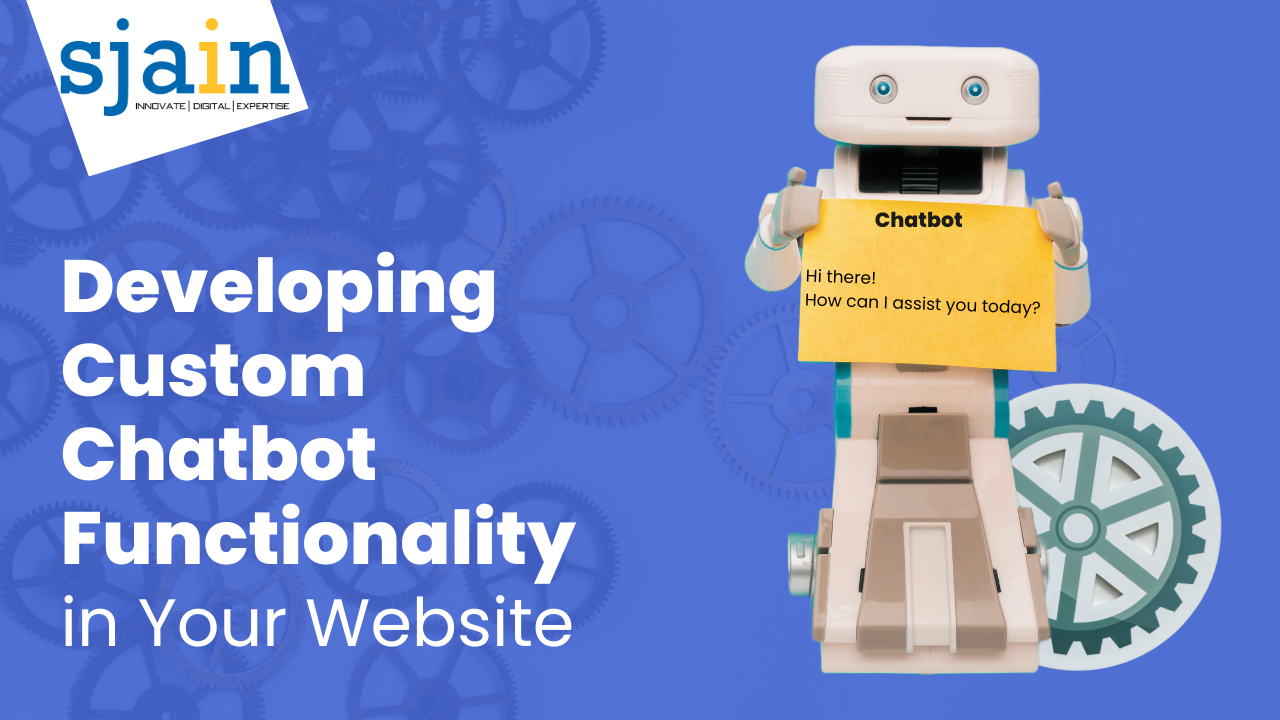Developing Custom Chatbot Functionality in Your Website
Chatbots have become an integral part of modern websites. They have revolutionized the way businesses interact with their customers, providing instant support and personalized recommendations. However, not all chatbots are created equal. While there are plenty of off-the-shelf chatbot solutions available, they may not always meet your specific needs. This is where custom chatbot functionality comes in.
Developing custom chatbot functionality for your website can be a daunting task, but it is also a rewarding one. With a custom chatbot, you can tailor the user experience to your specific requirements. In this blog post, we will explore the benefits of developing custom chatbot functionality and provide some tips on how to get started.
Benefits of Custom Chatbot Functionality
1. Personalization
One of the biggest advantages of a custom chatbot is the ability to personalize the user experience. By understanding your customers’ preferences and behavior, you can create a chatbot that delivers personalized recommendations and support. For example, if you run an e-commerce website, your chatbot can recommend products based on the customer’s browsing history and purchase history.
2. Improved Efficiency
A custom chatbot can also improve the efficiency of your customer support team. By automating repetitive tasks such as answering FAQs and processing simple requests, your support team can focus on more complex issues that require human intervention. This can lead to faster response times and happier customers.
3. Better Integration
Off-the-shelf chatbots may not always integrate seamlessly with your existing systems and processes. With a custom chatbot, you can ensure that it integrates smoothly with your website, CRM, and other systems. This can save time and reduce errors caused by manual data entry.
Getting Started with Custom Chatbot Development
1. Define Your Requirements
The first step in developing custom chatbot functionality is to define your requirements. What do you want your chatbot to do? What kind of interactions do you want it to have with your customers? What data do you want it to collect? Once you have a clear understanding of your requirements, you can start designing your chatbot.
2. Choose Your Platform
There are several platforms available for developing custom chatbots, including Dialogflow, Microsoft Bot Framework, and Amazon Lex. Each platform has its own strengths and weaknesses, so it’s important to choose one that meets your specific needs.
3. Design Your Chatbot
The design phase is where you create the conversation flow of your chatbot. This involves mapping out the different paths that a user can take and defining the responses that the chatbot will provide. It’s important to keep the user experience in mind when designing your chatbot.
4. Develop and Test Your Chatbot
Once you have designed your chatbot, it’s time to start developing it. This involves writing the code that powers the chatbot and integrating it with your website and other systems. It’s important to thoroughly test your chatbot to ensure that it works as expected and provides a good user experience.
5. Launch and Monitor Your Chatbot
Once your chatbot is ready, it’s time to launch it on your website. It’s important to monitor your chatbot’s performance and make adjustments as needed. This may involve tweaking the conversation flow or adding new functionality based on user feedback.
Conclusion
Developing custom chatbot functionality for your website can be a challenging but rewarding task. By tailoring the user experience to your specific needs, you can provide personalized support and recommendations to your customers. With the right platform and a clear understanding of your requirements, you can create a chatbot that improves efficiency, integrates seamlessly with your existing systems, and delivers a great user experience.

